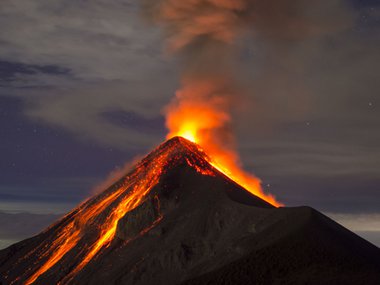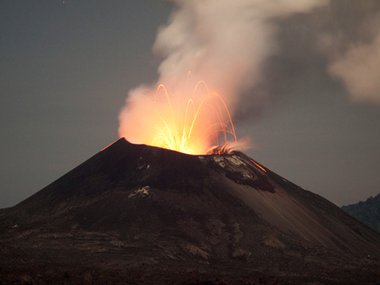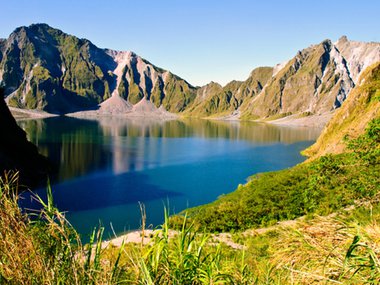Volcano: Tambora
While relatively little known to the public today, Mount Tambora is the site of the largest volcanic eruption in recorded human history.
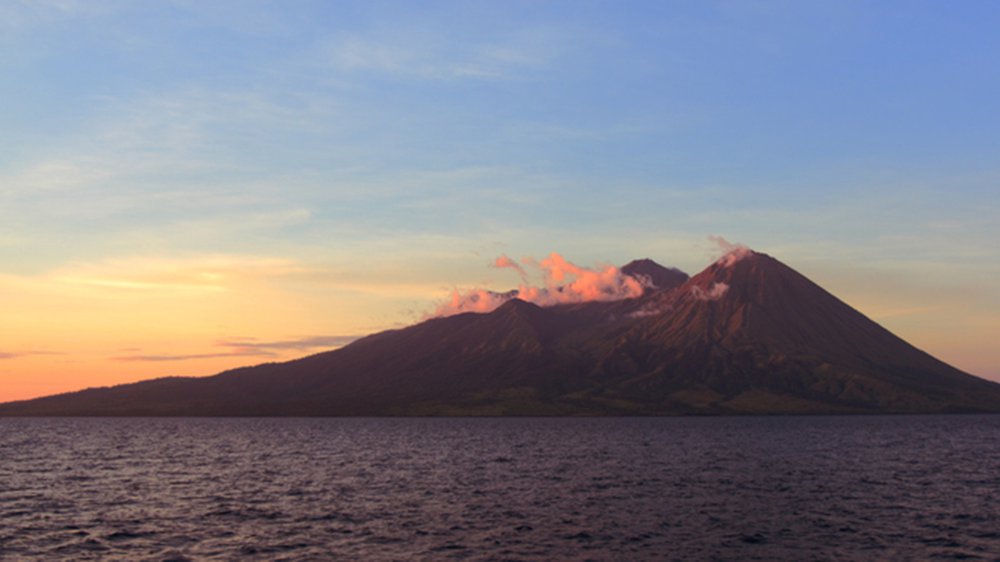
Image credit: Getty Images
Tambora, a stratovolcano on the Indonesian island of Sumbawa, stands over 9,000 feet above sea level, although it is believed to have had an elevation of over 14,000 feet before its cataclysmic 1815 eruption. The violent eruption sent massive amounts of ash and gases very high into the atmosphere (about 3-4 times higher than commercial jet altitudes!), cooling the planet so much that the summer of 1816 is often referred to as the “year without a summer.”
Historical records and geological research indicate that Tambora had been active for about three years prior to the 1815 eruption. Rumbles began in earnest in April 1815, triggering soldiers in Java, hundreds of miles away, to report they heard cannon fire.
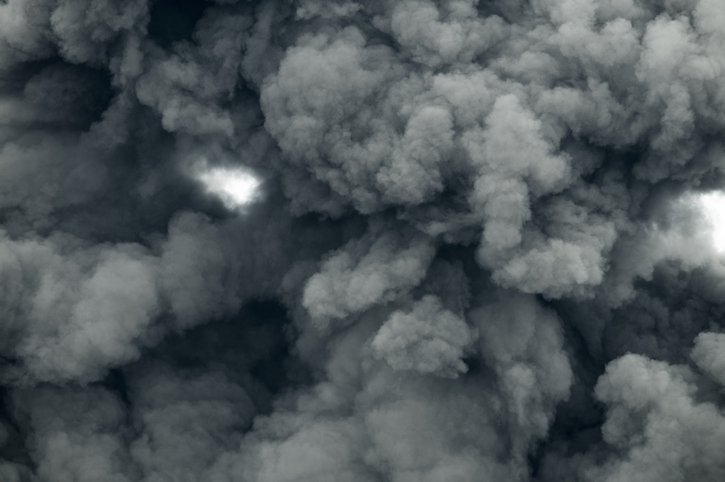
Image Credit: Getty Images
Then on April 10, 1815, Tambora exploded, ejecting massive amounts of lava, ash and rock. So much ash was erupted, in fact, that it would have buried the entire state of Rhode Island almost 200 feet deep! Fire-generated winds uprooted trees, and pyroclastic flows (fast-moving currents of hot ash, lava and gas) poured down the slope at speeds well over 100 mph, destroying everything in their path. The immense ash clouds traveled over 800 miles to the northwest, covering the islands of Java and Kalimantan, 550 miles from the eruption.
Ash rained down for weeks, collapsing houses hundreds of miles away. Fresh water was contaminated with acidic residues and healthy sources became scarce. Crops, livestock and forests died. Floating rafts of pumice trapped many ships in harbors. All told (and while estimates differ), around 92,000 people perished – 10,000 almost instantly and another 82,000 due to starvation and disease in ensuing extreme weather and climate crisis.

Mary Shelley. Image Credit: Getty Images
The major eruption lasted into July, but lasting effects were felt for years. Ash blown that high into the atmosphere blocks sunlight and cools the planet. The summer of 1816 was so cold that it came to be called the “year without a summer.”
Pharaoh Chesney of Virginia later recalled that people went sledding when snow fell in May and June. On July 4, snow fell again, water froze in cisterns, and folks moved indoors to their hearth fires. Failing crops and the rising cost of food inspired many East Coast farmers to migrate to “greener pastures” of the American West.

Lord Byron. Image credit: Getty Images
The cold, gloomy weather of 1816 affected Europe as well. Mary Shelley and Lord Byron were spending the summer at Lake Geneva. During that cold, gloomy summer, Mary Shelley wrote Frankenstein and Lord Byron wrote a poem called Darkness where he states “The bright sun was extinguish’d.”
Active vents still exist on Tambora today. In 2004, scientists discovered the remains of a village and two adults buried under nearly 10 feet of ash on Tambora’s flank, remnants of the former Kingdom of Tambora. The similarity of Tambora to the 79 AD eruption of Vesuvius that buried Pompeii has led many to call the Tambora site, “Pompeii of the East.”
Love volcanoes? Learn more about volcanoes' awesome power of creation in Volcanoes: The Fires of Creation now showing in the Dome.
